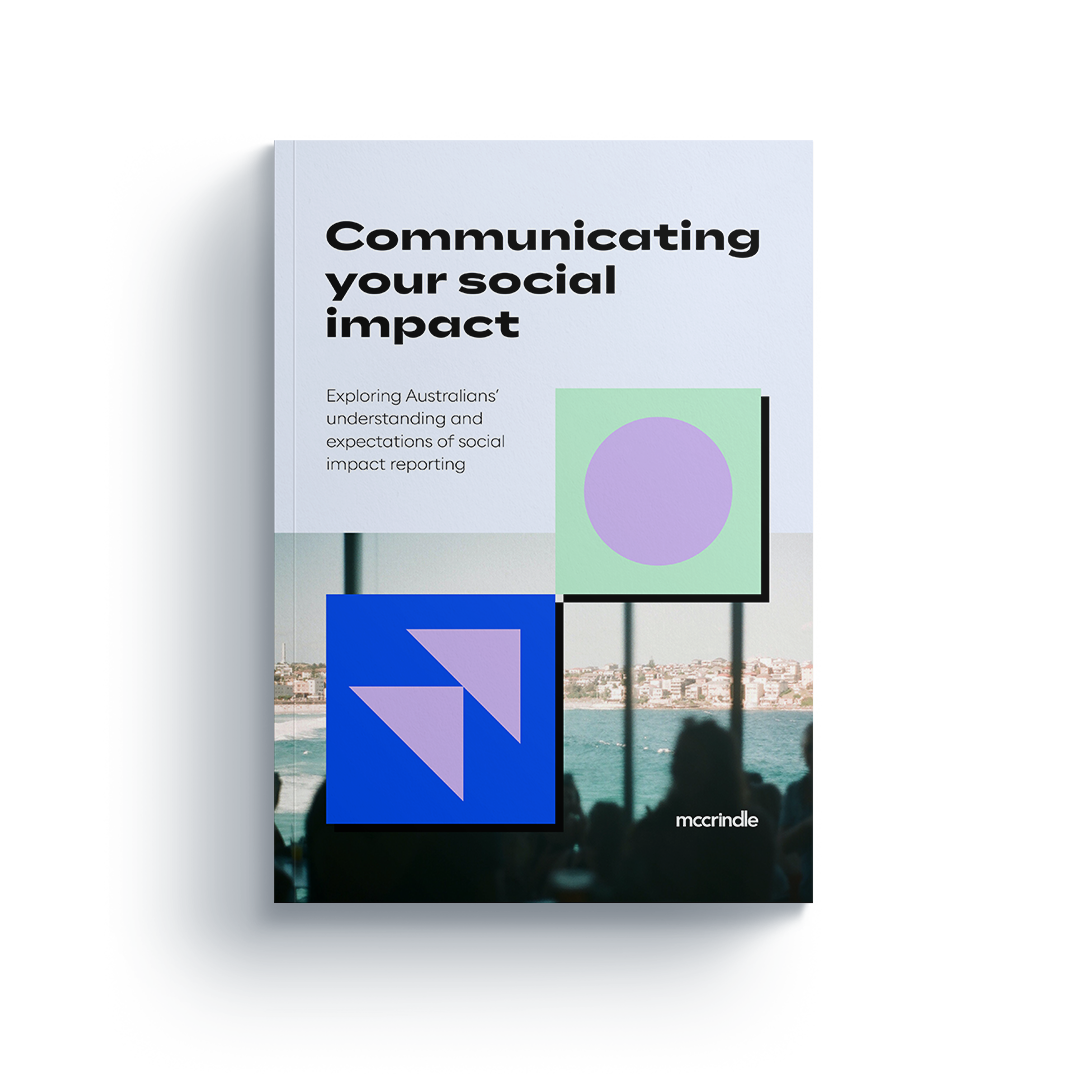ARTICLE
The power of thought leadership for NFPs

In an era marked by constant change and evolving social landscapes, non-profit organisations (NFPs) face a plurality of challenges, effectively communicating their mission, engaging supporters and donors, effectively outworking their mission and garnering broader support for their causes.
While many tools, strategies and approaches are effective in elevating an NFP brand, creating positive impact and eliciting advocacy, it is important to recognise the transformative power of thought leadership. Thought leadership, in various forms, is a strategic tool for NFPs to not only amplify their voices but also drive meaningful impact.
Cutting through the noise
In a world saturated with information, standing out is essential. Thought leadership pieces serve as beacons of insight, cutting through the noise and capturing the attention of key stakeholders, the public and people in positions of influence. By positioning your NFP as a thought leader, you not only expand your reach within your sector but also attract the interest of media outlets seeking authoritative voices. Becoming an authoritative voice also establishes your NFP brand as a trusted ‘source-of-truth’ in a world with competing voices, misinformation and limited understanding. At McCrindle, we’ve witnessed how well-crafted thought leadership content can elevate an NFP’s visibility, sparking conversations that matter and driving positive change.
A positive reputation and brand recognition inspire a response
Thought leadership goes beyond disseminating information and content; it cultivates a distinct brand identity and inspires positive brand associations. For NFPs, this means more than just having a recognisable logo—it’s about being synonymous with expertise, innovation, and a commitment to social impact. NFPs who proactively cultivate thought leadership as a key business strategy can shape public perception, gaining credibility that extends beyond their immediate cause. Our research has consistently shown that organisations perceived as thought leaders enjoy higher levels of trust and engagement from their audience.
Advocacy amplified
At the heart of every NFP lies a mission—a cause worth championing. Thought leadership provides a powerful platform to articulate that mission and advocate for change. By strategically sharing insights, research findings, and innovative solutions, NFPs can mobilise support from both the public and policymakers.
It is increasingly important for NFPs to foster broad-based support and engagement for their cause, including policy makers, business partners and the public. Our experience demonstrates that well-articulated thought leadership positions an NFP as a driver of positive societal change, fostering a community of advocates, supporters and people of influence dedicated to the organisation’s mission.
Translating insights into impact
Realising the full potential of thought leadership requires not just insights but also the expertise to translate them into impactful content. McCrindle offers a unique blend of research proficiency and communication prowess to help NFPs craft compelling thought leadership pieces. Our team understands the nuances of the social sector and is equipped to guide organisations in developing content that resonates with their target audience.
Practicalities to becoming a thought leader
So, what are some practical steps to cutting through the noise and turning insights into impact. These 4 principals offer a way to get started.
1. Tell your story
For many, it helps by starting by telling your story. But not in the usual way. As social researchers, we find that the best way to tell a story is through research and data. This gives an organisation credibility that builds trust and in many ways increases engagement because it brings the story to life. This might be done by looking at key milestones and the data associated or surveying communities to get an accurate view of how an organisation has impacted people. Telling your story allows you to connect with people and give them insight into what you do.
2. Utilise visual reports
You can differentiate your brand by producing visual reports that tell your story and will resonate with a variety of stakeholders. This is done by collecting data on your impact and communicating the insights in visually engaging ways. This establishes you as a leader, increases engagement and is also useful for public advocacy.
Here are some of our favourite examples of visually engaging reporting:
- The Foodbank Hunger Report supported Foodbank in their mission to increase awareness of the food insecurity issue in Australia. The report was addressed in the media and by government, sparking public conversations about this important issue.
- HOPE Housing engaged McCrindle to create an infographic for the purpose of sharing their social impact story with potential investors and partners.
These examples highlight the value in identifying what your organisation does differently from others, creating a story using visuals and then building your brand around it. Once you have your niche, own it!
3. Create engaging content that resonates with different audiences
Getting started on this journey is about creating content that is relevant, useful and resonates with your audience. Content comes in all different shapes and sizes: reports, blogs, animated videos and infographics are all examples of this. The content that you produce should be a combination of the following:
• Relevant – the content should relate to what your audience want to hear about and the metrics they care about. For example, environmental reporting, staff wellbeing and social impact are key areas people are looking for reporting on.
• Useful – it should add value to your audience. People like transparent organisations that show how they operate and make an impact. This is a great opportunity to teach something or answer questions about what you do.
• Entertaining – not all content has to be overly serious, you can provide entertainment value too! Whether this is through videos from company events, showing how you help communities, or visual reports/infographics that are accompanied by engaging graphs or charts. As an example, we included the number of cakes eaten by our team as a fun way of showing our culture in our McCrindle annual impact report .
• Authoritative – this will help position your organisation as a champion of your cause. People will come back for more information because of the quality of material you put out there. Robust research is core to doing this well.
4. Develop a communications strategy to take your brand from follower to leader within the NFP sector
Your organisation is just one of hundreds competing for the attention of donors. You want to stand out but, more importantly, you want to serve your community.
A successful communications strategy, which includes gathering your data and communicating your impact will help to differentiate your brand from competitors and build a reputation as a leader in your NFP niche.
For more information on how you can position your organisation as a thought leader, download our free report on how you can communicate your social impact.
In the dynamic landscape of NFPs, the power of thought leadership cannot be overstated. From expanding media reach and building brand recognition to driving advocacy for a worthy cause, thought leadership is the catalyst for impactful change. NFPs are bursting with potential to lead conversations, shape the future and equip and empower human flourishing. Something, that we at McCrindle, are driven to see become a reality.




